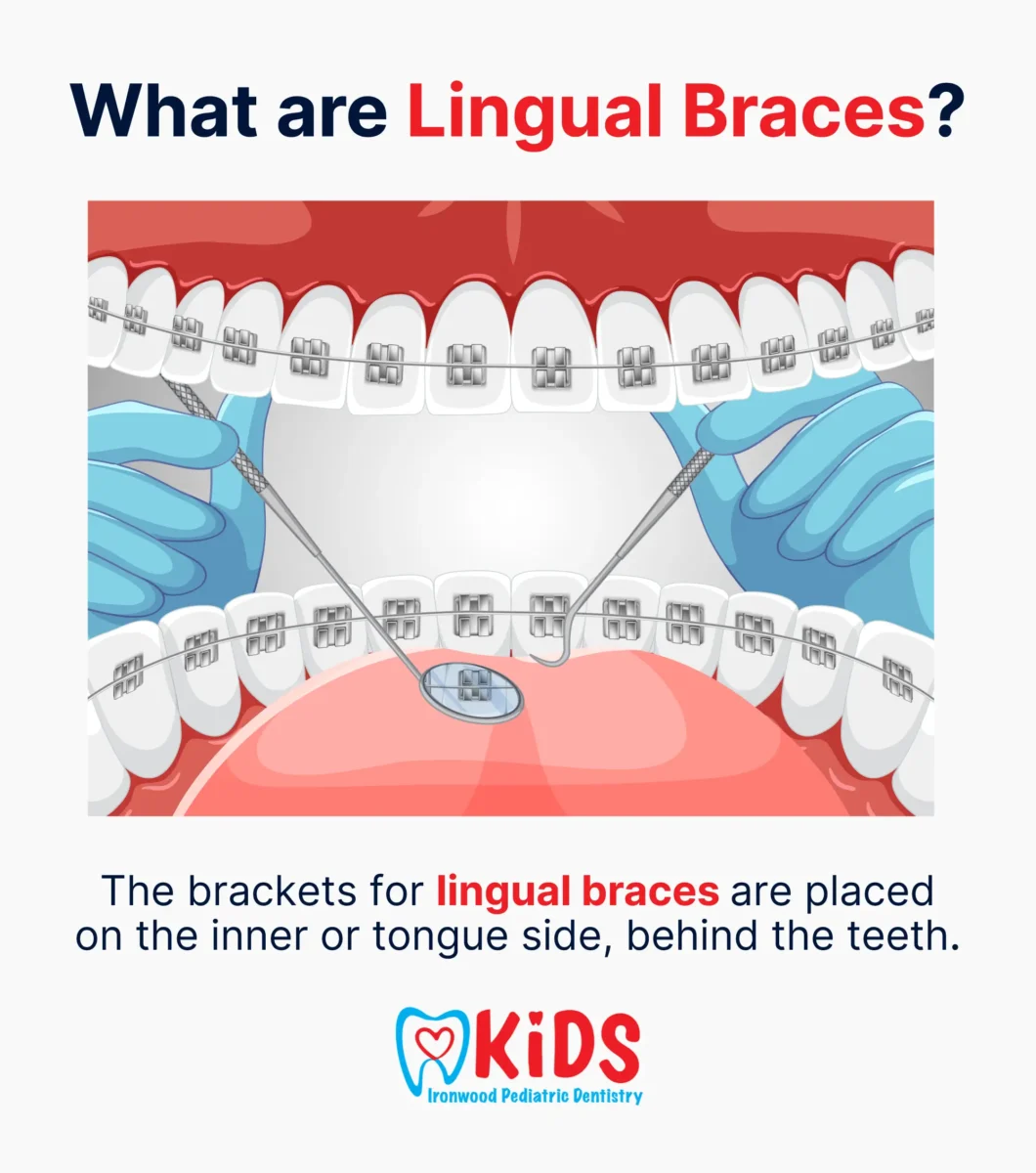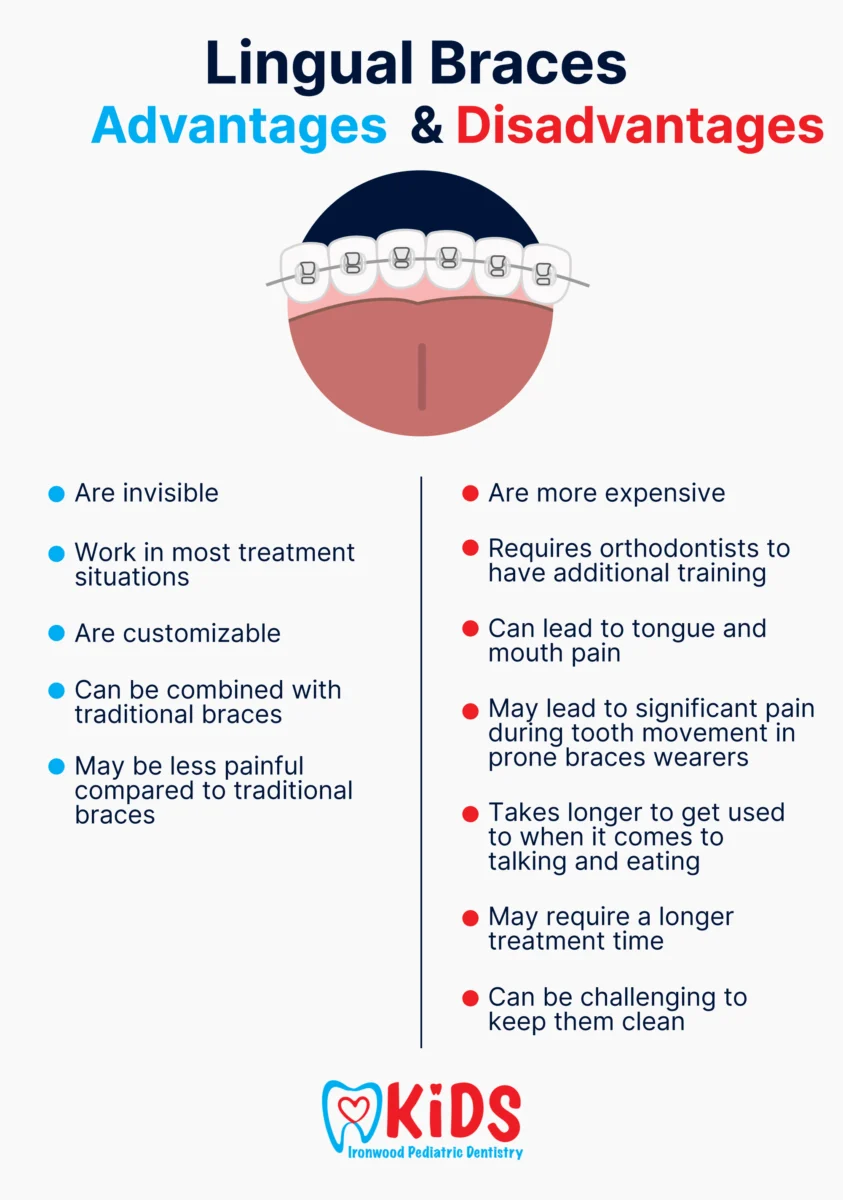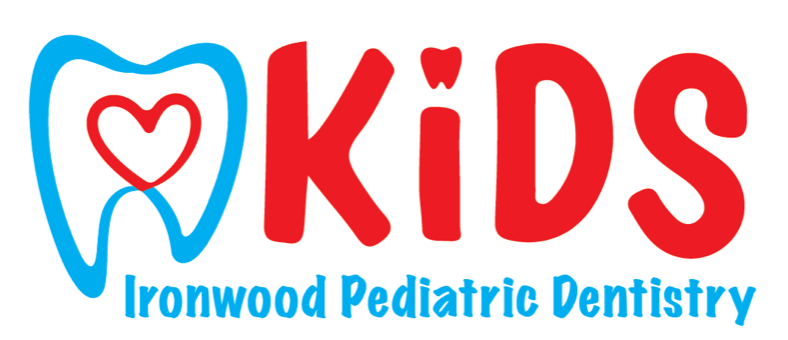For some people, the excitement of a future great smile is overshadowed by the look of metal braces in the short term. This concern is more common in adults, but kids can feel it, too.
Fortunately, if your child feels self-conscious about wearing regular braces and clear aligners are not an option, there are alternatives. Lingual braces provide the advantages of metal braces without visibility. However, unlike traditional braces, they may take longer to treat misaligned teeth.
For more information about lingual or any other braces, call us at (480) 422-4544 to speak with one of our pediatric orthodontists.
What Are Lingual Invisible Braces?
Lingual braces straighten teeth like traditional braces, using brackets and wires to gently move them into the right position. However, the main difference is that they’re placed behind the teeth, making them less visible.
Compared to metal brackets, this position makes lingual brackets practically invisible to others. Unfortunately, this position also means that it may take longer to treat misaligned teeth.

Is Your Child a Good Candidate for Lingual Orthodontics?
Lingual braces are not the only “invisible” orthodontic option available. Other choices include ceramic braces, which are labial braces made of a composite material that can be colored to match the color of your child’s teeth, and removable clear plastic aligners like Invisalign.
These alternatives aren’t always the best option. Clear aligners work for many cases but may not be ideal for complex ones. While ceramic braces are less noticeable than metal ones, they are still somewhat visible since they sit on the front of the teeth and can stain over time.
One of our pediatric dentists can help you to consider which braces option is best for your child, including cost considerations.
Advantages of Lingual Braces
The main advantage of lingual braces is their near invisibility. One of the only ways these braces can be seen is if someone is looking inside your child’s wide-open mouth.
Lingual Orthodontics Work in Most Treatment Situations
Another advantage of lingual braces is that they can treat a wider range of orthodontic issues than clear aligners. However, they may not be the best option for certain cases, like deep overbites, where the pressure can cause the brackets to loosen. In such cases, traditional braces might be a more effective choice.
Lingual Orthodontics Are Customizable
The brackets and wires of lingual braces are customizable. Your child’s orthodontist can use computer-assisted design and manufacturing software to make a set of braces unique to his or her specific treatment needs. Compared to ordinary pre-made brackets, customized brackets can result in fewer potential issues with speech and chewing problems, tongue pain, and pressure sores.
Lingual Braces Are Comfortable with Musical Instruments
This type of orthodontics is also advantageous if your child plays a brass or woodwind musical instrument. With the brackets and wires on the lingual side of the teeth, there is less pressure on the inner lip surfaces against the hardware, meaning less discomfort and the need to use dental wax as a buffer.
Lingual Braces May be Less Painful While Straightening Teeth
Although there will always be the chance of feeling discomfort, lingual braces offer a less uncomfortable experience. Some studies suggest that lingual braces are also less likely to lead to pain while wearing them for the first few weeks compared to traditional braces.
Are There Any Disadvantages to Wearing Lingual Braces?
Lingual braces do have some trade-offs.
For parents, the first consideration is usually cost. Generally, lingual braces are more expensive than metal or ceramic braces or clear aligners. Some can cost up to twice as much as pre-made metal labial braces, especially if customized.
One way to manage the cost of lingual braces is to combine them with traditional braces. While lingual braces are applied to the upper teeth, traditional ones are placed on the lower ones. This will make all the braces less apparent and visible.
Other things to keep in mind when choosing lingual braces include:
- Not all orthodontists are completely familiar with lingual braces. Additional training is required to apply and maintain them.
- These braces often cause more tongue and mouth pain than traditional ones since the tongue frequently touches the brackets and wires.
- Lingual appliances can take longer to get used to when it comes to talking and eating when they are applied.
- Some who wear lingual braces may experience speech conditions like a lisp for a few weeks, a month, or more compared to traditional braces.
- Lingual braces may require a longer treatment time compared to traditional braces.
- Lingual braces are harder to clean with a toothbrush due to their closely spaced brackets.

Talk to an Ironwood Pediatric Orthodontist About Lingual Braces
Like clear aligners, lingual braces are a good alternative to braces. However, they may not fit the needs of every child with misaligned teeth.
We’re happy to discuss all your child’s available orthodontic treatment options, including invisible orthodontics. We’ll also discuss costs and payment options.
Call our office at (480) 422-4544 to schedule your appointment or contact us online today.

